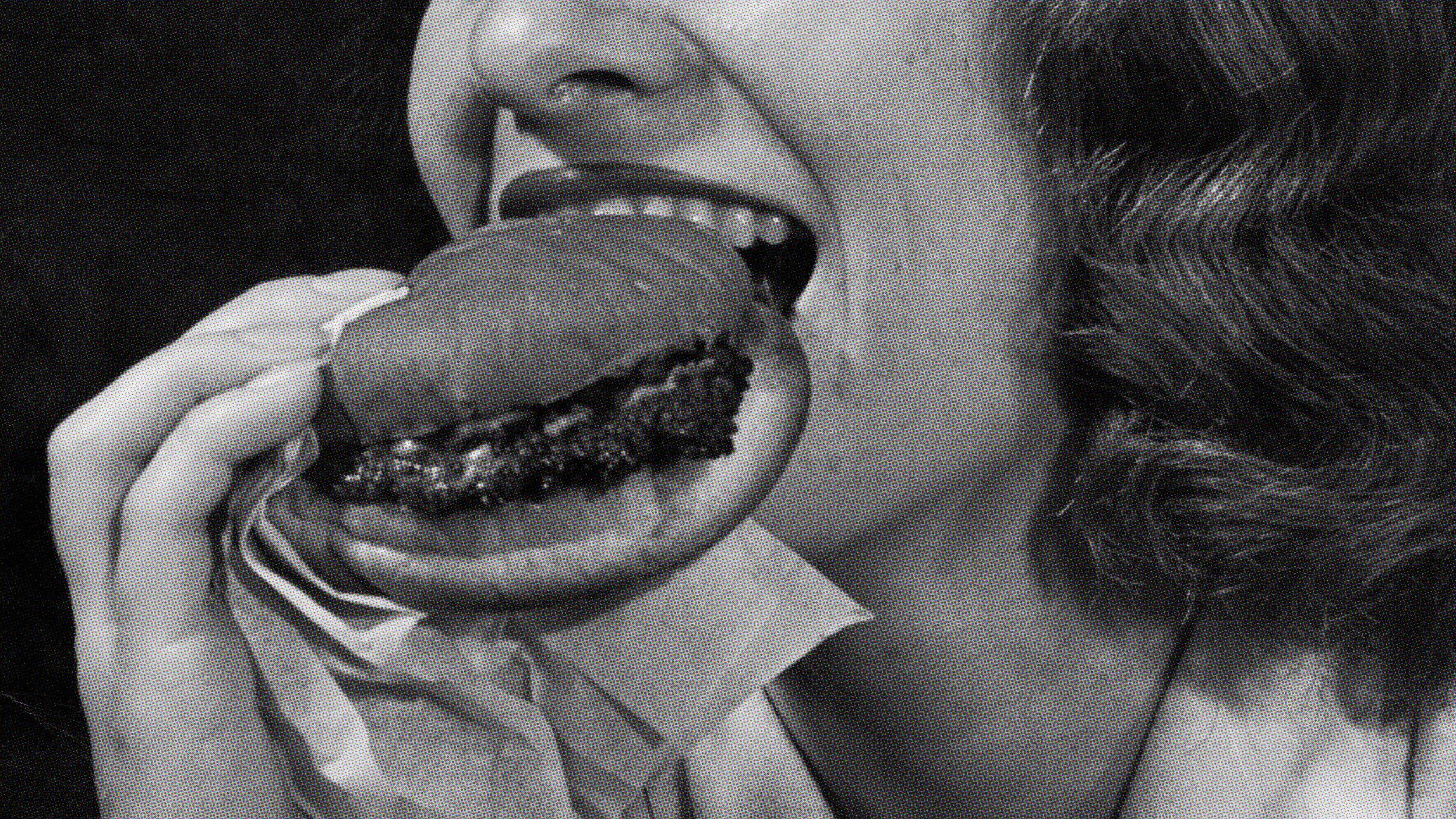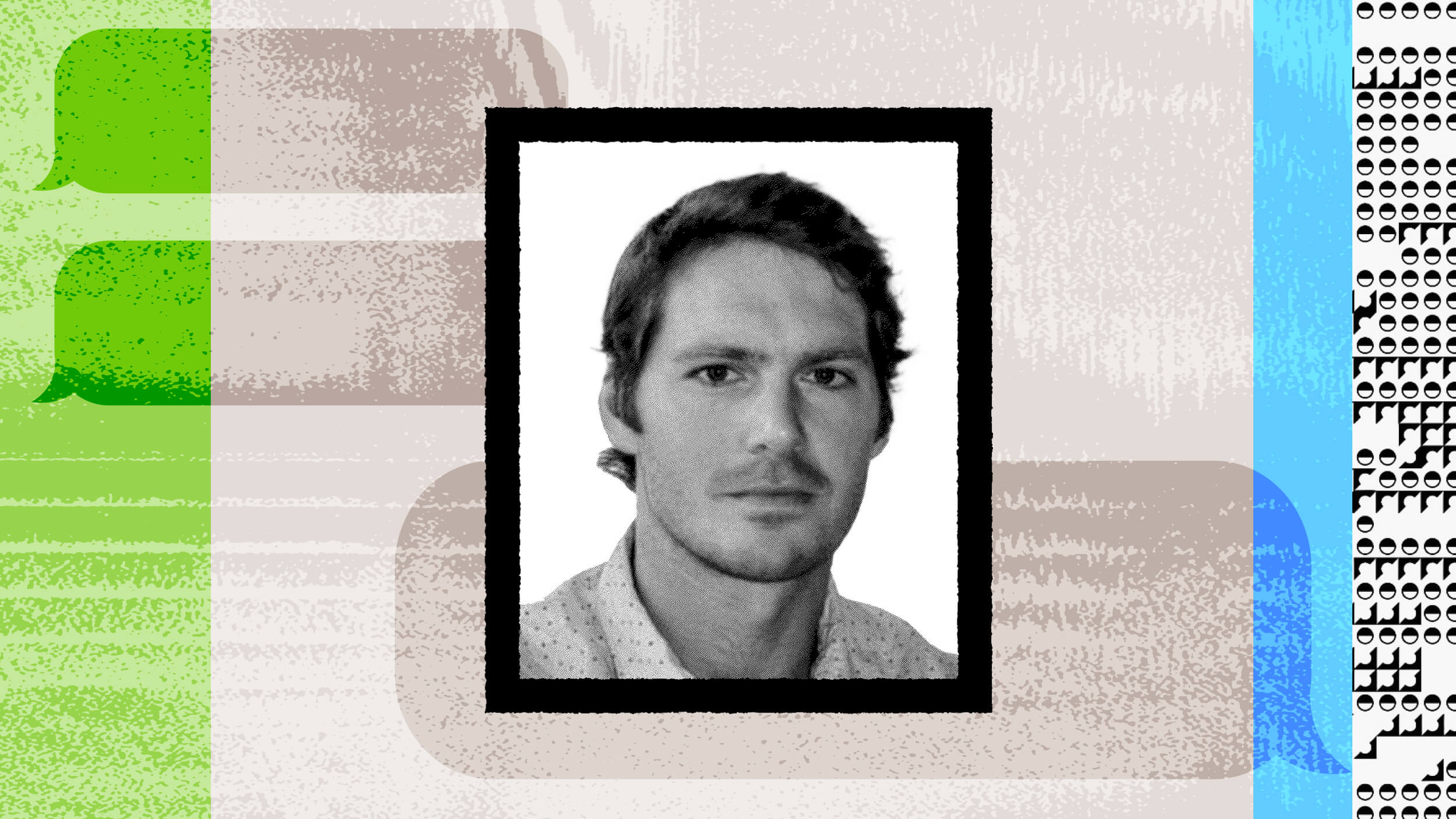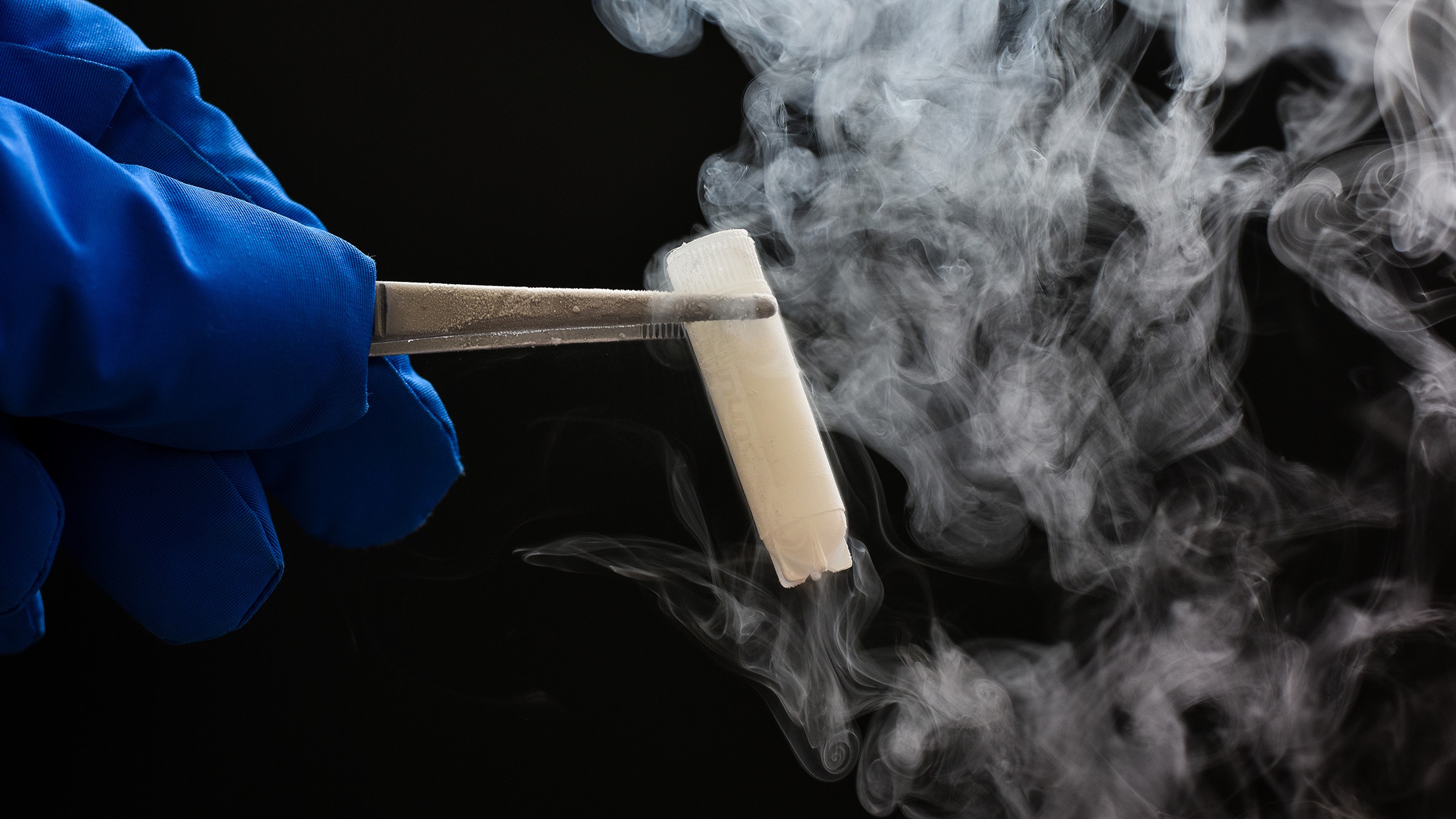America is limited by the way information is presented, Amy Goodman says.
Question: Are everyday citizens responsible for what media they consume?
Amy Goodman: Well, you can’t know what you don’t know. But I do think that President [George W.] Bush getting it so wrong on weapons of mass destruction exposed more than him. It exposed the entire press corps, and that has opened up, I think, a huge media landscape to people. People across the political spectrum: Conservative Republicans, progressives, independents, Democrats; people care about war, about corporate control, about privacy, and I think the media getting so wrong, getting it all so wrong in this lead up to the invasion has made people look other places, and that’s why independent media is so important right now. I think it’s why Democracy Now! has grown so much, from a few dozen community radio stations in 1996, the first daily election show in public broadcasting, to over 700 stations now. Community Stations, yes.
Low Power College and Community Radio Stations, [Pacifica] Stations, now in PR Stations, PBS Stations, at two independent TV channels and the satellites, on DISH Network, Free Speech TV and Linked TV, both on Direct TV and DISH Network. And the reason I say all these, it’s not so easy to, you know, say “Oh, we broadcast on NBC or ABC”. That’s what a big network, that’s all you have to say.
But we are building an independent media network in this country, linking up with independent stations all over the world, and they are coming from every different sector. And so, we have to include them all when we talk about what is independent media, but people are looking other places, of course, to the web as well, and for us it’s democracynow.org. But, I think, independent media’s time has come, because people see, young and old, what it means when the media has a corporate agenda, how dangerous it is when our image is projected to the rest of the world through a corporate lens. I mean, if you look at the way the rest of the world sees us and the way we see ourselves, I think, that is very telling. If you ask someone what they think is the most famous image of the invasion, I dare say that someone in this country would probably say the image of Saddam Hussein, the statue going down, because we saw it thousands of times. Remember, April 9th, 2003, Firdos Square in Baghdad.
You see that rope around his neck. Just outside the frame are the US Marines pulling it down. But anyway, it goes down and then, up, down, up, down, thousands of times. We all remember it because the media showed it. The rest of the world were showing something different, or at least something additional. Actually, the Wall Street Journal did a piece on this and they looked at… it didn’t compare CNN and Al Jazeera. They compared CNN with itself, because CNN, you know, has two channels, the CNN Domestic and CNN International, and they pull from the same pool of pictures. CNN Domestic just kept showing that statue going up and down, up and down, but CNN International knew they couldn’t get away with that, ‘cause the rest of the media were showing the casualties of war. So, they showed a split screen: on one side the statue going up and down, on the other, the casualties of war. We need a media that tells the truth, because when there is so much media, so many channels out there, you somehow get the feeling if something is happening you would know about.
And so it actually, I think, makes us less informed. I think that if we were to see for one week the images of war, if we saw the babies dead on the ground in Iraq, the women with their legs blown off by cluster bombs from Iraq to Afghanistan to Lebanon, if we saw the soldiers dead and dying, for just one week, Americans would say no, that war is not the answer to conflict in the 21st century. If we saw it on the front page of our newspapers, all the photographs, we saw at the top stories of our newscast or any of them--President [George W.] Bush, the Bush administration knows the power of these images, that’s why one of their first acts was to impose an executive order that say you’re not to film, photograph, video tape the flag draped coffins of soldiers coming home.
When hurricane Katrina hit in New Orleans, one of the administration’s first acts, if they engaged in any then, was to try to impose that order, that you’re not to show the images of bodies floating by. The editor of the Times Picayune said you’ve got to be kidding! You know, that’s the story. They know the power of Americans seeing Americans dead, or, frankly, Americans seeing people dead, you know? When you know the name of a little girl, I don’t care if she’s American or Iraqi, it sometimes counts more than hearing the number, 1 million hurt. The newspapers kept showing that target on the forehead of Saddam Hussein, but that’s not who dies in a war. More accurate would have been a target on the forehead of a little Iraqi girl. I think, that would have changed the way Americans made a decision about whether we should go to war.
Recorded on: August 11, 2008





